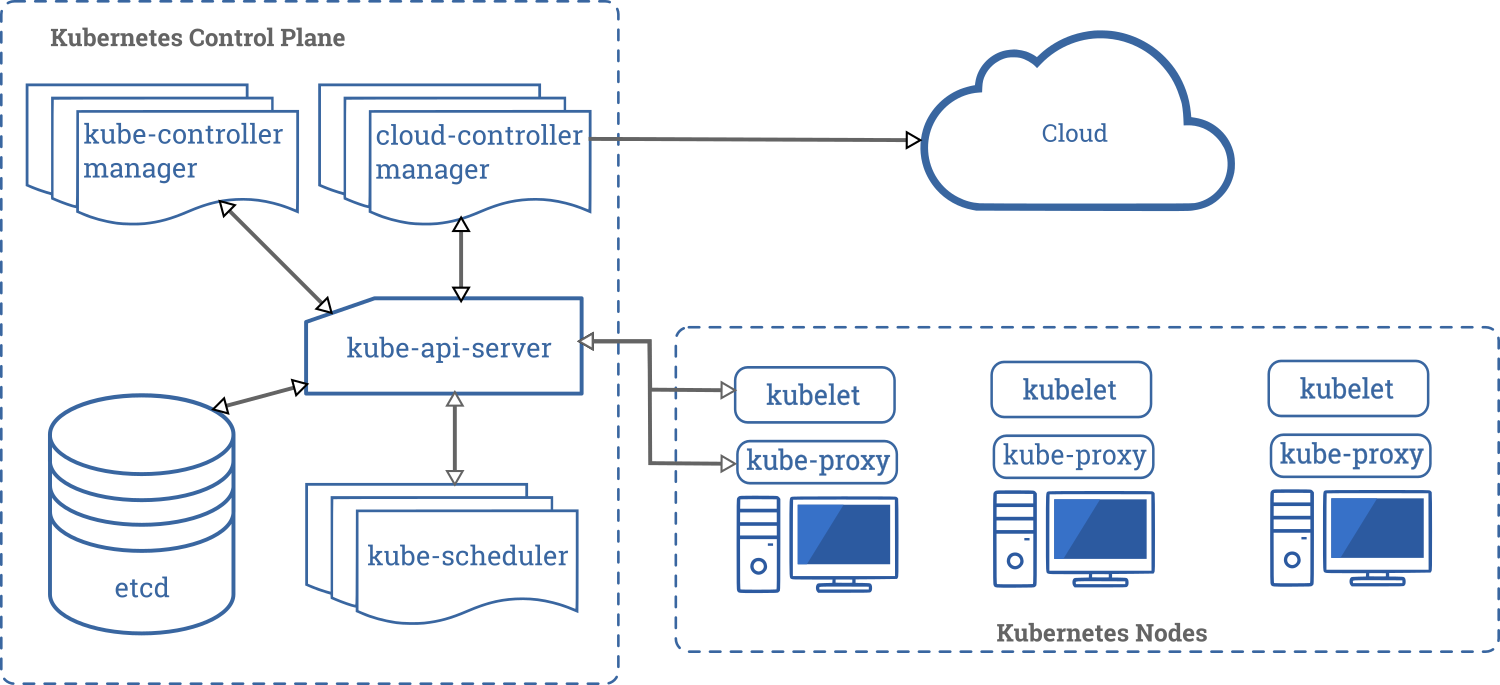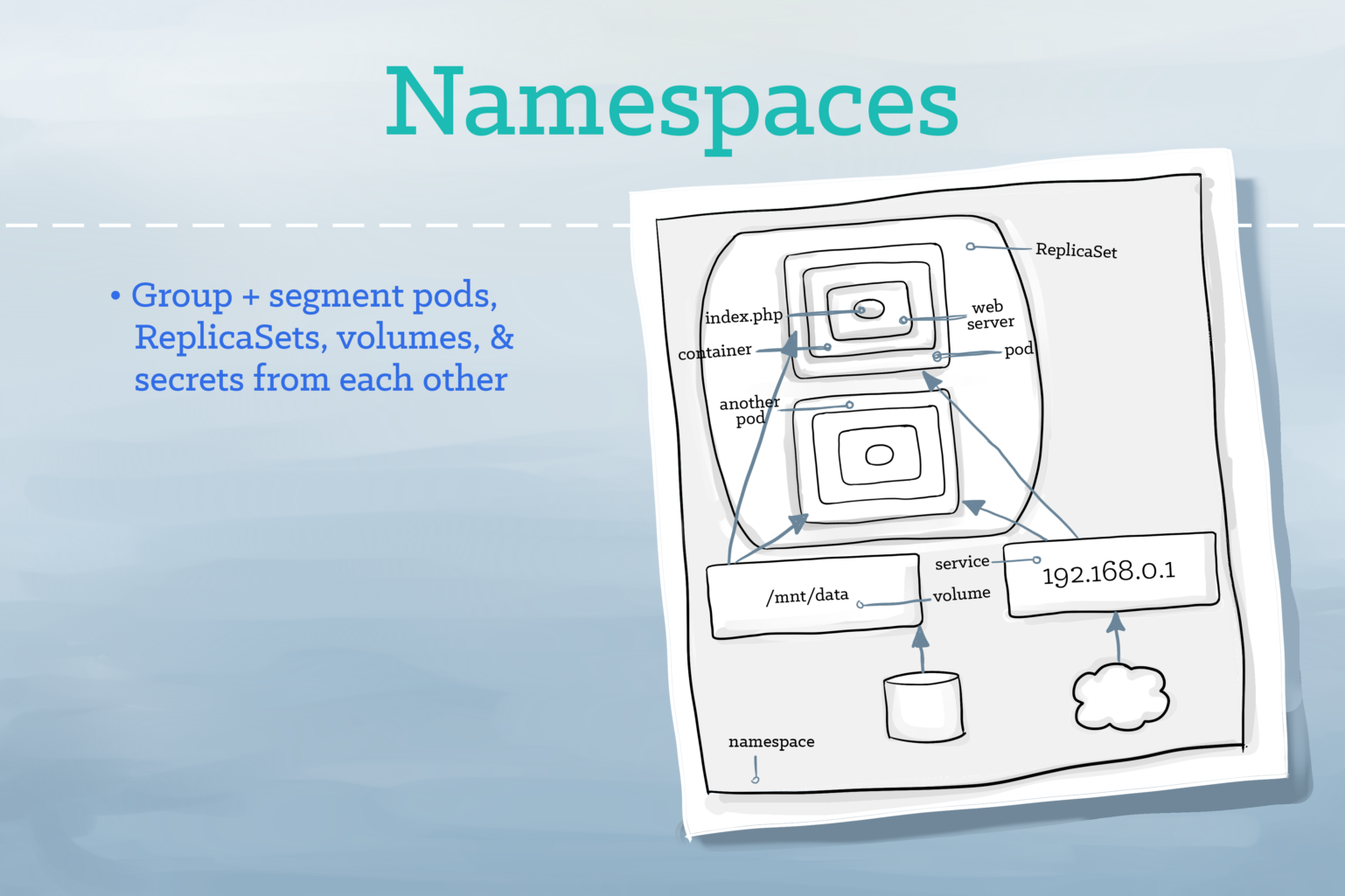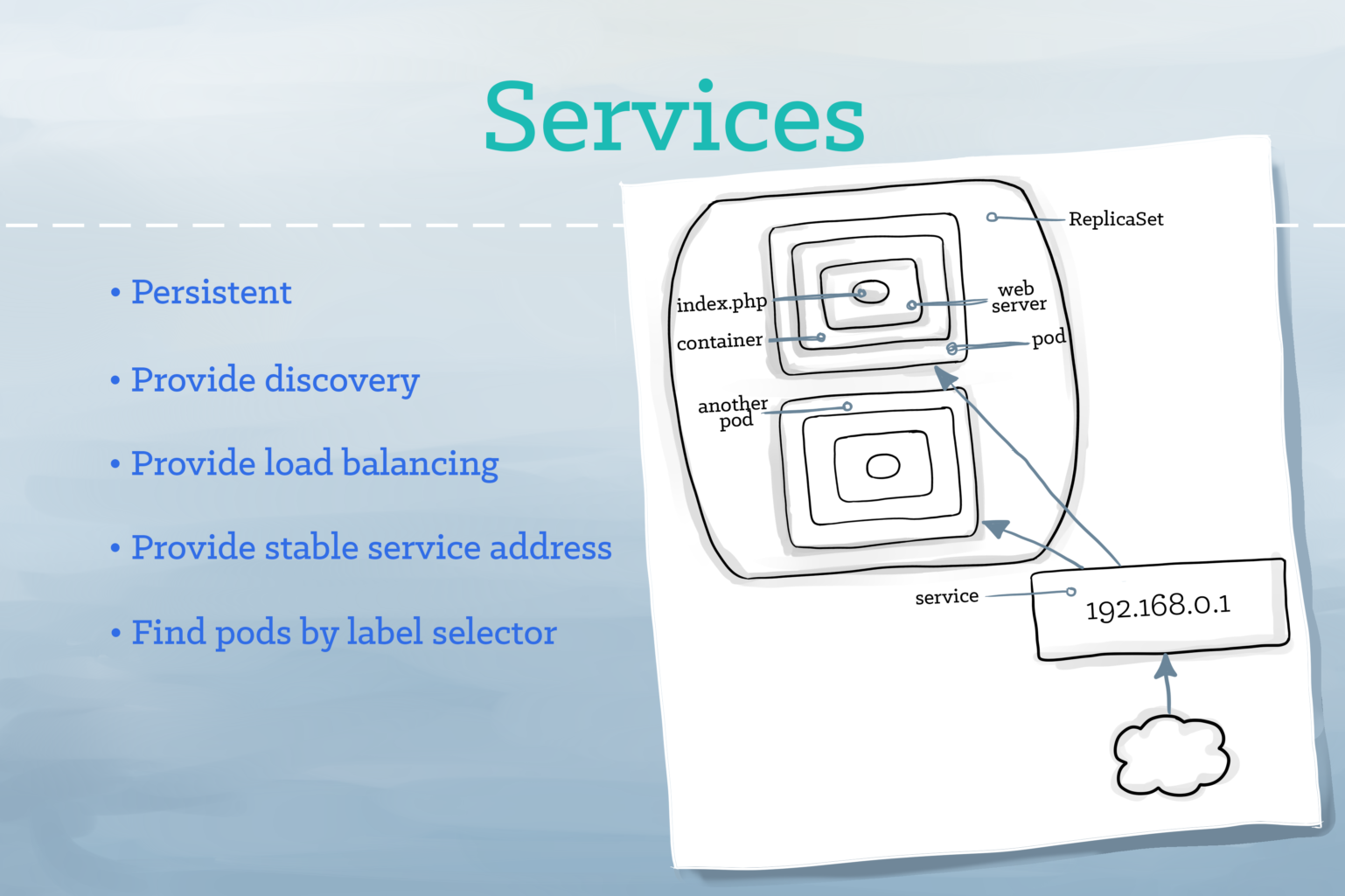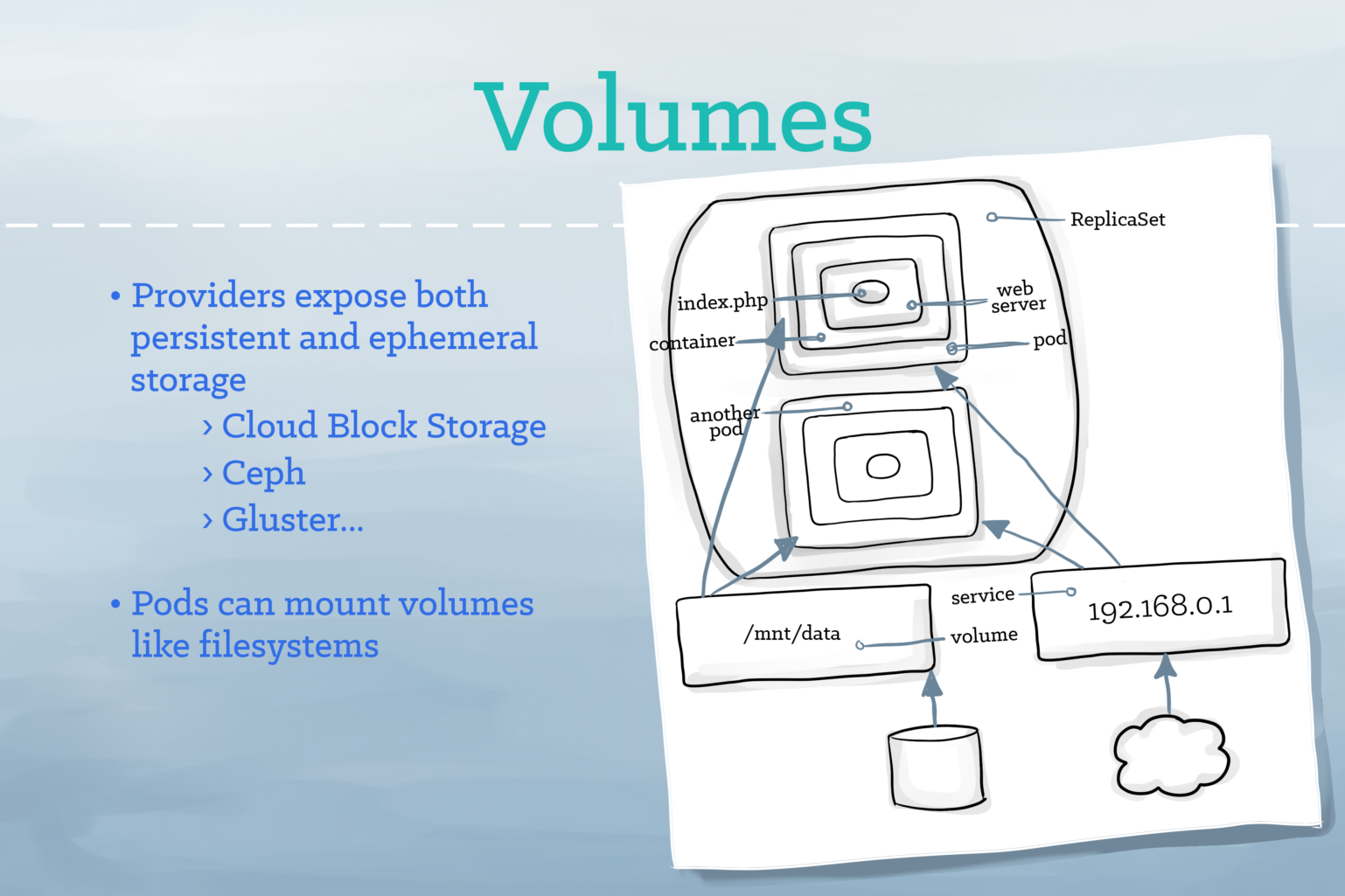The easiest way to visualize components and how they work.

This is the first part of the Kubernetes series. In this part I will surficially touch things realted to Kubenetes quickly.
Evolution Of Hosting
Traditionally, applications used to run on one or more Physical Servers. The main drawback was that they did not scale well as resources were not utilized to the maximum. Virtual Machines solved the problem and enhanced security of applications by providing isolated environments which enabled adoption of distributed systems tremendously. Then, with the large number of applications running in the Virtual Machines, maintenance started to become cumbersome. Now there are Containerization technologies which solved the problems of Virtual Machines by abstracting and enhancing their entire functionalities. Kubernetes has made it extremely easy to manage the Containerized Applications.
Kubernetes Architecture
Kubernetes Objects
- Cluster is the pool of compute, storage, and network resources.
- Node is a host machine running within the Cluster.
- Namespace is the logical partitions of a Cluster.
- Pod is the basic unit of deployment.
- Labels are key-value pairs for identification and service discovery.
- Services identifies a set of Pods using Label selectors.
- Replication Sets ensures Pod's availability and scalability.
- Deployment manages Pod's lifecycle.
- Volume provies storage capability.
- Ingress exposes HTTP and HTTPS routes from outside the Cluster to Services.
Core Processes
kube-controller-managermanages other processes regulates the states of theKubernetes.kube-apiserveris the implementation of theKubernetes API.kube-schedulerwatches for newly createdPodswith no assignedNode, and selects a Node for them to run on.kubeletcommunicates with theMaster Nodeor theController.kube-proxyis aNetwork Proxywhich reflects Kubernetes networking services on each Node.
High Level Overview Of Kubenetes

Namespace

Service

Volume

An Example Of How Request Flows In Kubernetes
Example of Request Flow via Pod

Review
Kubernetes is a large system with many parts functioning as a unit. Although it has simplified managing containerized distributed application, it is recommended to understand it very well befor using it production.
I will share about Kubernetes Objects next.

